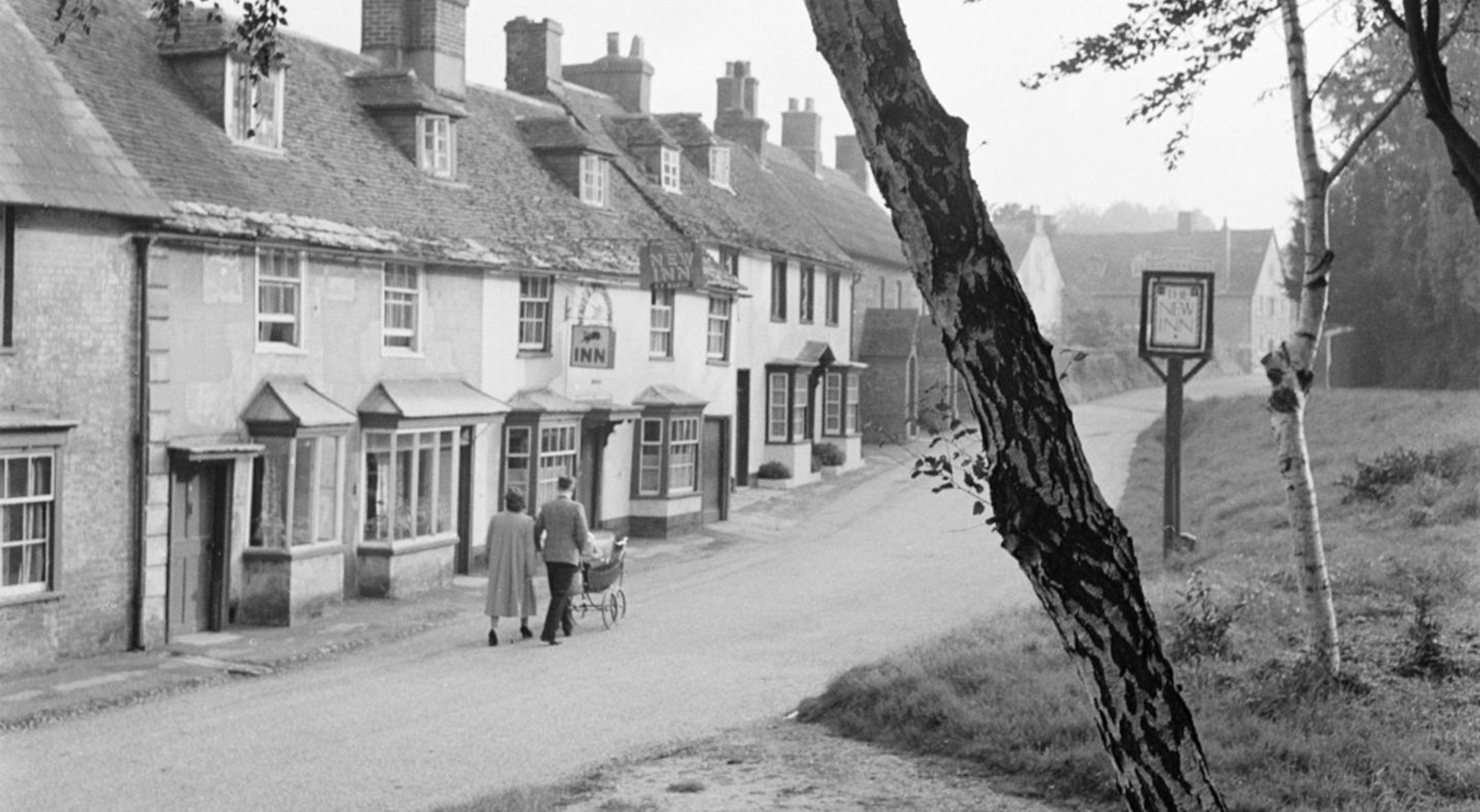How to Find Out About Your Home's History
A wide range of resources are available if you want to start researching the history of your house.
Libraries and archives, local studies centres and specialist websites can help you discover more about your home. Some will charge a fee for their services, but many are free.
First steps
Try to establish the following key points before you begin your research:
- Is your house listed? The National Heritage List for England (NHLE) records a brief overview of the date of construction and significant features of every listed building in England
- How old is your house? This can be roughly established through basic visual clues, reading up about the local area, and talking to your neighbours and other members of the local community. The date when it was built may even be carved on the building
- What administrative area is your house in? Knowing the names of the county, registration district and parish in which the property stands will help with locating relevant records
- What do you know about the area? A general understanding of the area can be helpful when researching an individual house's history. Whether it's in a village, a suburb, or a city, you can find such information through published resources such as the Victoria County History series or the Survey of London and on the British History Online website
Visual clues
There may be obvious clues to guide your research. Older properties may have an 'Erected' date or the house's name carved into the façade.
The building may have a name plaque on the front wall if your home is in a converted church, chapel, pub or school. Converted pubs often retain their name up high on the parapet.
Street numbering (and often street names) may have changed over time, especially in the late 19th and early 20th centuries. Compare the location of your property with other buildings in the street to ensure that you are looking at the right house.
Local history societies
Local history societies may also be able to help you. You should be able to find details of your nearest one and other helpful information on the Local History Online website.
What do you want to know?
There are 2 main strands of research that relate to the history of a house:
- You can find out about your home's architectural history, how it has changed over time, and the part it has played in its surroundings using old maps, plans and photographs
- You can trace the occupants of your house over time using the census, electoral registers and other archive material
Historical plaque schemes
Many local authorities and societies run schemes to commemorate important local historical events and people with a plaque fixed to a relevant building. The London-based Blue Plaques scheme, currently run by English Heritage, is thought to be the oldest of its kind in the world and has been going for more than 140 years.
In September 2023, the Department for Culture, Media and Sport announced plans for a national blue plaques scheme to celebrate people throughout history who made an important and positive contribution to human welfare or happiness across England. Find out more.





